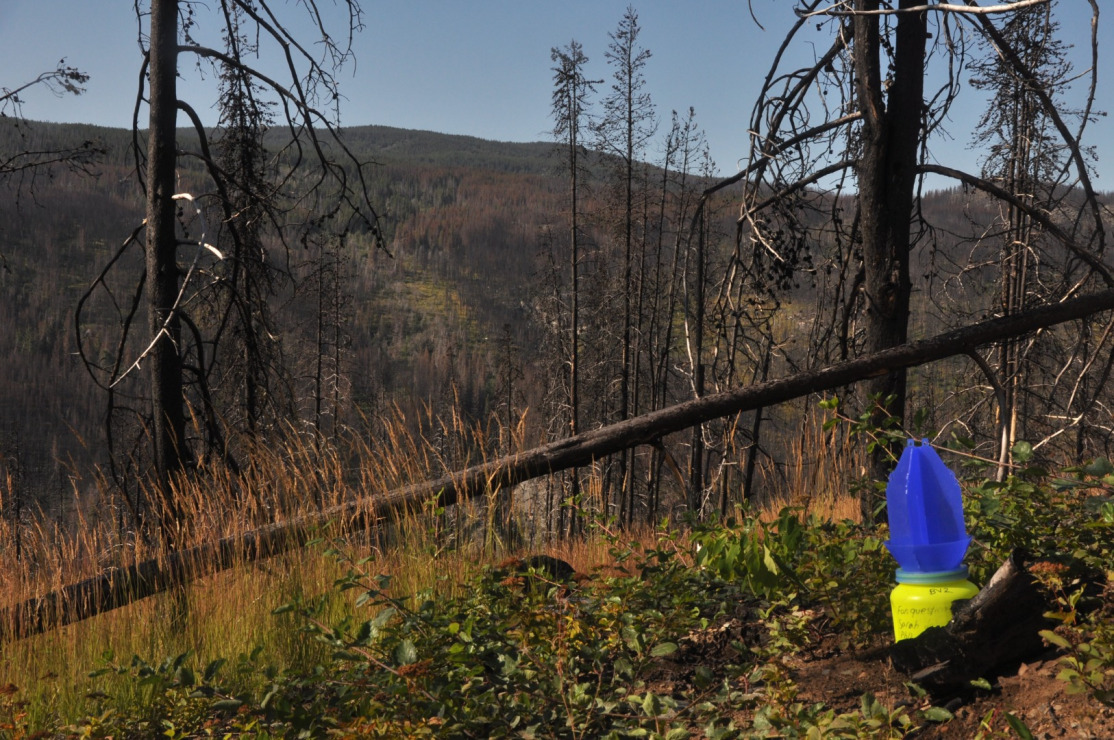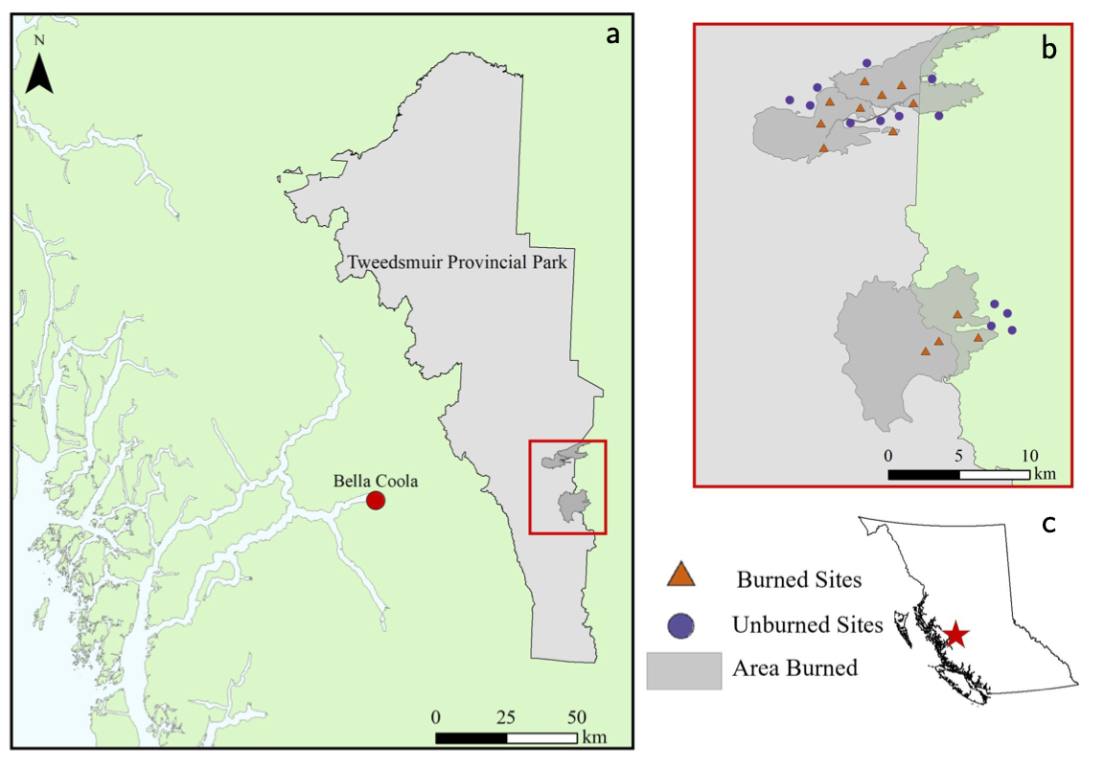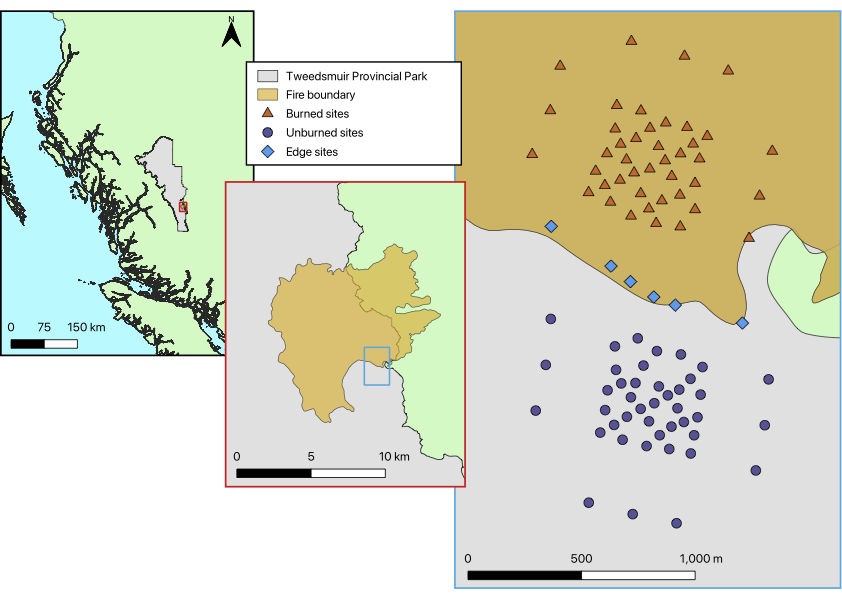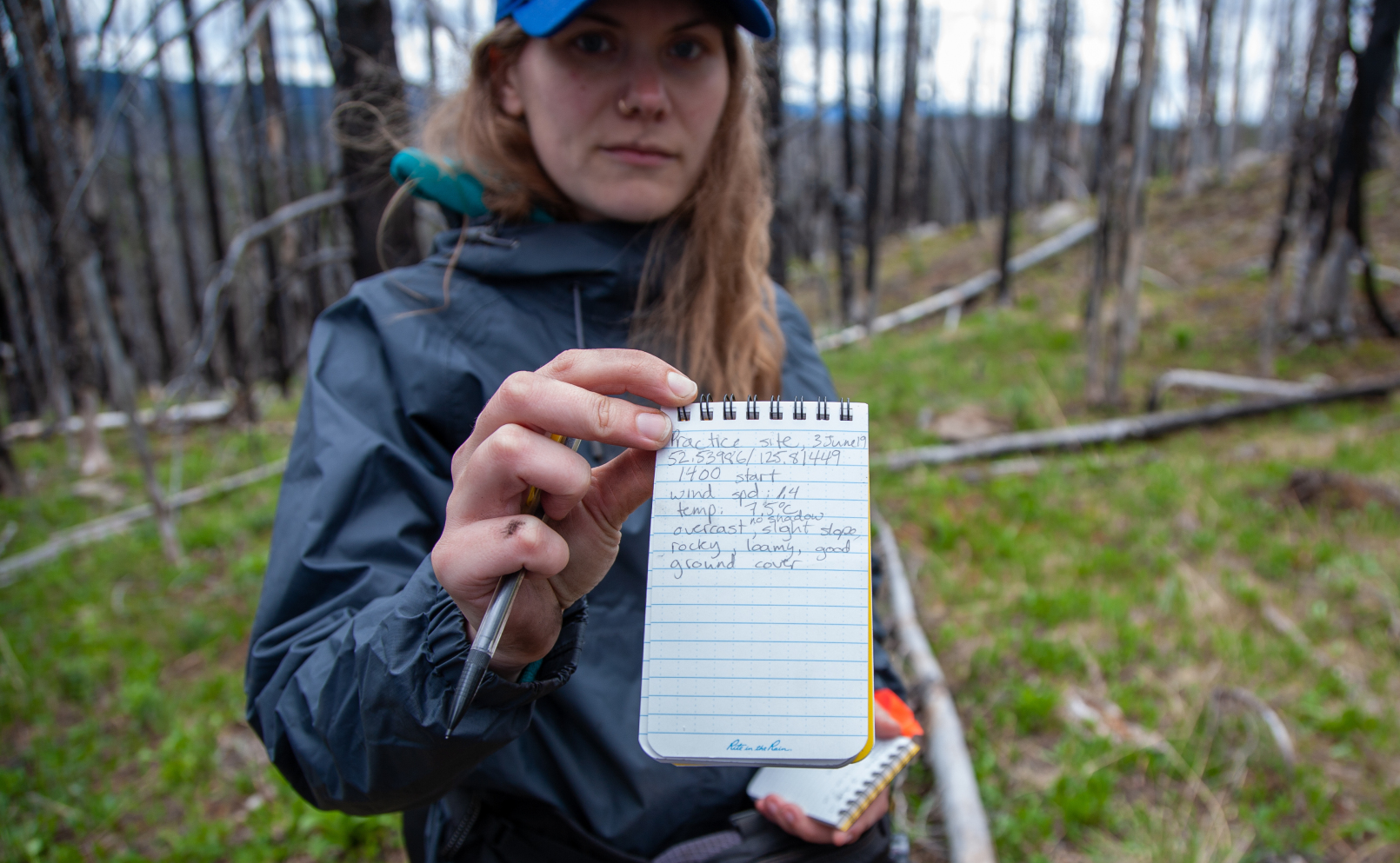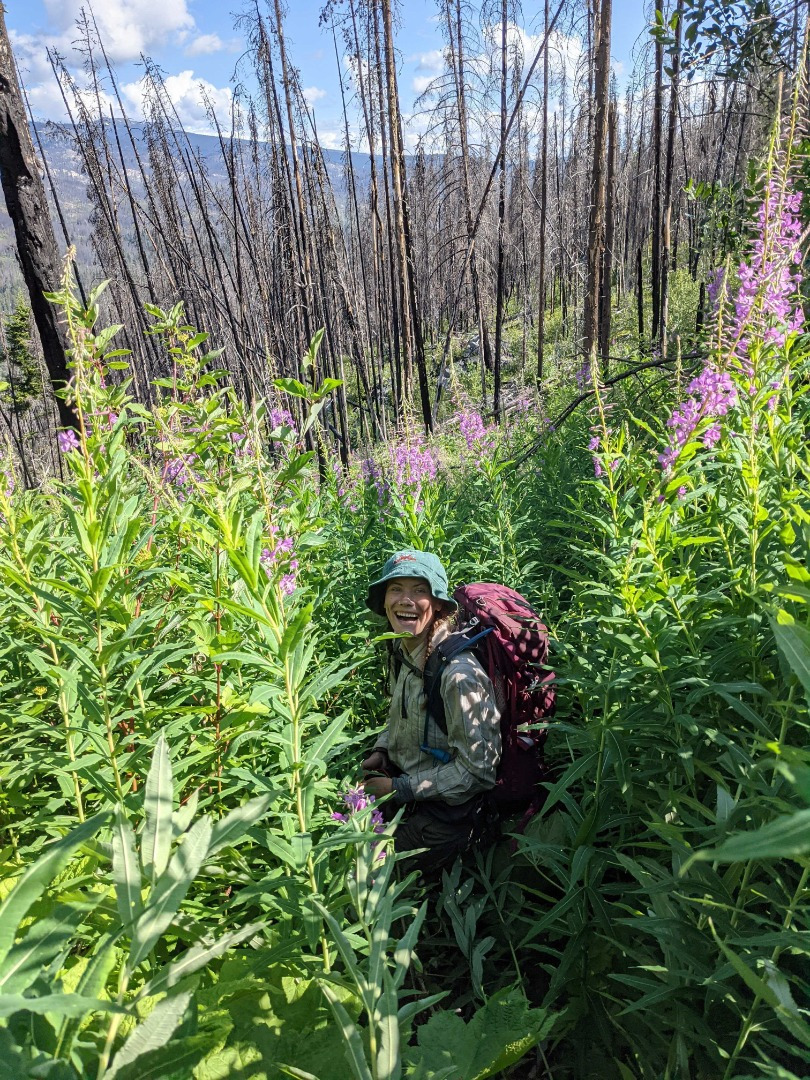
I am interested in how ecological communities are structured, and how relationships between individuals, populations, and species can influence ecosystem stability, species composition, and individual & community-level movement and habitat selection. I prefer to seek to answer applied conservation questions, and I am interested in how land-use change alters community structure across local, regional, and larger geographical gradients – in settings influenced by both natural and anthropogenic disturbances, especially how the two combine through climate change. I primarily work with bumble bees, and my specialized interests include bumble bee community and landscape ecology, how they are impacted by habitat succession, and their conservation (both scientific research and policy advising).
Given the importance of bumble bees as pollinators for both native plants and agricultural crops, their broadly similar body plan yet subtle variation between species in functional characteristics (e.g., body size, phenology, tongue length, etc), and their ubiquity (large geographical ranges include many diverse habitat gradients), I believe they are a particularly fascinating group: primarily with respect to the structure of species interactions and the mechanisms underlying variation in distributions and conservation status.
During my PhD, I have become fascinated with climate change impacts on bumble bees, across a range of spatial scales. I am a contributing author on several research projects examining large-scale influences of climate and landscape change on bumble bees in North America. My PhD research is focused on the impacts of landscape change induced by wildfire on bumble bee diversity, abundance, and movement at a regional scale in central British Columbia, Canada.
Publications
(* authors contributed equally)
-
Cohen, A. L., L. R. Best, D. Clake, D. Edwards, M. Gavin, S. A. Johnson, J. Retzlaff, S. V. J. Robinson, J. Vickruck, and P. Galpern. 2025. A beneficial arthropod dataset for agricultural landscapes in Western Canada, and adjacent mountain ecosystems. Scientific Data 12:787. doi: 10.1038/s41597-025-05133-2; PDF
-
Varner, E., K. Mark., H. Jackson, K. Singleton, L. Luo, S. A. Johnson, R. Gries. and G. Gries. 2023. Rodent odour bait: A new bumble bee conservation tool to enhance nest box occupancy. Insect Conservation and Diversity 16(3):324-334. doi: 10.1111/icad.12627; PDF
-
Johnson, S. A.*, H. Jackson*, H. Noth, and L. K. M'Gonigle. 2023. Positive impact of postfire environment on bumble bees not explained by habitat variables in a remote forested ecosystem. Ecology and Evolution 13:e9743. doi: 10.1002/ece3.9743; PDF
-
Jackson, H., S. A. Johnson, L. A. Morandin, L. L. Richarson, L. M. Guzman*, and L. K. M'Gonigle*. 2022. Climate change winners and losers among North American bumble bees. Biology Letters 18(6):20210551. doi: 10.1098/rsbl.2021.0551; PDF
-
Galpern, P., L. R. Best, J. H. Devries, S. A. Johnson. 2021. Wild bee responses to cropland landscape complexity are temporally-variable and taxon-specific: Evidence from a highly replicated pseudo-experiment. Agriculture, Ecosystems & Environment 322:107652. doi: 10.1016/j.agee.2021.107652; PDF
Guzman, L. M., S. A. Johnson, A. O. Mooers, and L. K. M’Gonigle. 2021. Using historical data to estimate bumble bee occurrence: variable trends across species provide little support for community-level declines. Biological Conservation 257:109141. doi: 10.1016/j.biocon.2021.109141; PDF
-
Johnson, S. A., M. M. Tompkins, H. Tompkins, and S. R. Colla. 2019. Artificial domicile use by bumble bees (Bombus (Latreille); Hymenoptera: Apidae) in Ontario, Canada. Journal of Insect Science 19(1):7; 1-5. doi: 10.1093/jisesa/iey139; PDF
-
Galpern, P., S. A. Johnson, J. L. Retzlaff, D. Chang, and J. Swann. 2017. Reduced abundance and earlier collection of bumble bee workers under intensive cultivation of a mass-flowering prairie crop. Ecology and Evolution 7(7):2414-2422. doi: 10.1002/ece3.2856; PDF
-
Johnson, S. A., and R. V. Cartar. 2014. Wing wear, but not asymmetry in wear, affects load-lifting capability in bumble bees Bombus impatiens. Canadian Journal of Zoology 92(3):179-184. doi: 10.1139/cjz-2013-0229; PDF

PhD Research
I have conducted two field seasons of research on the unceded territories of the Nuxalk and Ulkatcho peoples, investigating the impacts of wildfire on bumble bee diversity, abundance, and movement.
The paper resulting from my first field season in 2019 and published in 2023, examines the impact of the post-fire environment on bumble bee species occupancy and detection using blue vane traps, and thus separates the processes of capture effectiveness as is influenced by site characteristics from whether a species is present at a site or not. The focus of this paper was to assess how bumble bee communities respond to habitat changes induced by forest fires across a large-scale landscape, incorporating multiple burns of different ages and sizes.
My second field season, completed in the summer of 2021, was focused on how bumble bees arrange themselves across a densely sampled edge of a single fire that burned in 2017. All data have been processed for a total of 4,696 sampled bumble bees from 18 different species, and the first manuscript is currently in preparation examining how the edge of a burn impacts the distribution of bumble bees by species and caste over space and time within a single season.
